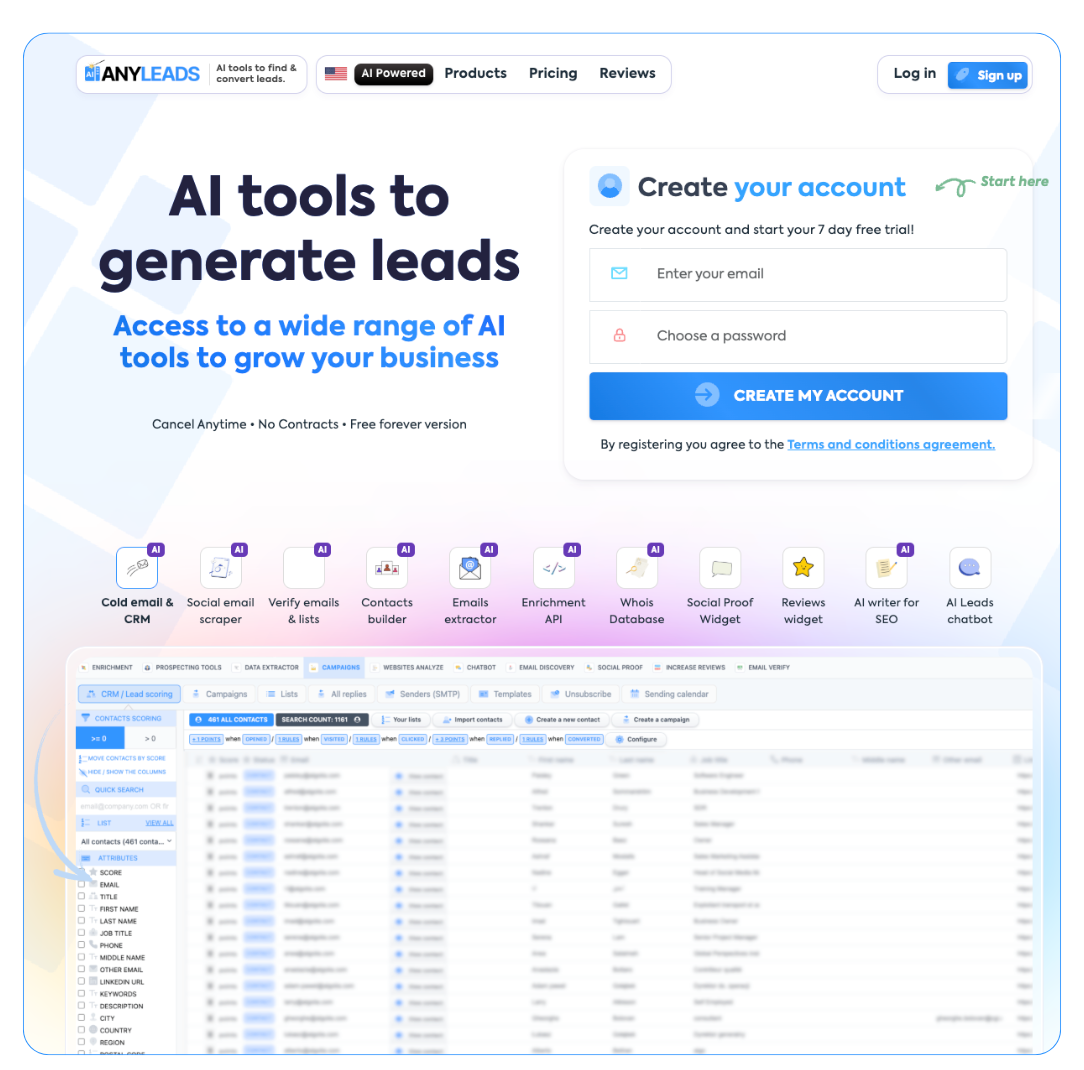 LIMITED SPOTS
All plans are 30% OFF for the first month! with the code WELCOME303
LIMITED SPOTS
All plans are 30% OFF for the first month! with the code WELCOME303

 LIMITED SPOTS
All plans are 30% OFF for the first month! with the code WELCOME303
LIMITED SPOTS
All plans are 30% OFF for the first month! with the code WELCOME303


Now we are going to discuss the essential components of creating an effective content marketing strategy. Think of it like cooking a delicious meal – without the right ingredients and recipe, you might just end up with a burnt toast. So, let’s break it down step-by-step!
It’s pretty clear that a blog doesn't magically become a hit overnight. We've all seen those blogs that just sit there collecting virtual dust. Yikes! A solid strategy is what breathes life into content.
Before typing those first words, consider these crucial questions. They will help us pinpoint our audience and ensure our content doesn’t flop like a pancake that missed the griddle.
Understanding these elements isn’t just about checking boxes. It’s about truly connecting with our audience, making every piece of content count, and keeping the fun factor high. There's no better way to make our mark!
Now we are going to chat about the importance of truly knowing our audience. It’s akin to throwing a party—you wouldn’t invite someone who hates cake to a birthday bash, right? So let’s break down how we engage real people rather than imaginary characters.


Our target audience should resemble our friends and family, not just a made-up character like “Marketing Mike.” Instead, take a page from our lives—think about those genuine connections we cherish. Like one of us reminiscing about our pal who just launched a quirky startup—let’s call him “Entrepreneur Eddie.” Writing for Eddie, who is navigating the ups and downs of a new venture, is way more relatable than crafting content for a faceless “Buyer Bob.” We’ve felt the pressure of deadlines and the thrill of a good idea—why not write for the actual people living those experiences?
By creating content for real folks, we elevate our standards. Imagine we’re crafting a blog post for our old friend Don, a no-nonsense kind of guy who runs the marketing team at a tech company. We’re going to think hard about what he wants to learn, how he digests information, and the nuances that matter to him—as opposed to guessing what “Average Alan” might crave.
And let’s be honest—hitting the C-suite seems appealing, but we know decision-making isn’t a solo mission. It’s more about a swing dance with a whole team! Check this out:
Reaching users at the top levels feels like trying to catch a Pokémon—it’s tough, yet if we’re not addressing the whole team, we’re essentially missing the chance to catch rare ones!
The key lies in balancing the tactical and strategic content. Tactical readers seek out the “how-to’s” while strategic types want the big picture—models and frameworks that can steer the ship. Our blog needs to offer both. Imagine being at a buffet but only having salad—who’d want that? We want variety, folks!
In essence, our ideal reader is the one pulling out their credit card and purchasing our product. And while we might daydream about high pageviews, let's remember that the ultimate goal of our B2B SaaS blog is to grow the business. Let’s pinpoint who that ideal reader is and serve them a delightful feast of relevant content.
Resources:
Now we are going to talk about the art of brainstorming blog topics and how to pick content that not only resonates with your audience but also keeps the creative juice flowing.

We’ve all stared blankly at a screen, wondering what on earth to write about next. Is it just me, or is topic ideation sometimes like trying to find a needle in a haystack? But fret not! A little framework can turn that confusion into clarity.
First off, let’s think of your blog as a cozy library rather than a stiff publication. Imagine sipping a cup of tea in a comfy chair as you sift through shelves of knowledge. Here are two nuggets of wisdom to chew on:
Now, if we want readers to stumble upon our gems through search engines (because who doesn’t love a good scavenger hunt?), we’ll need to turn out quality content that’s worth sharing. And because blogs are like fine wine, they can age well. If folks are finding their answers weeks later, who cares if we revisit similar topics? Their timing is everything!
Let's sprinkle some magic with these strategies:
Let’s take some examples from our pals over at Wistia:
| Funnel Stage | Example |
|---|---|
| Top of the Funnel: | The Best iPhone 15 Pro Max Camera Settings for Video - A gateway for iPhone users seeking video magic. |
| Middle of the Funnel: | How to Get a Transcript of a Video - Perfectly blends product features with valuable insights on accessibility. |
| Bottom of the Funnel: | Product Spotlight: See What's New in Wistia - Keeps current customers happy while coaxing prospects with fresh updates. |
To lock this down, keep these two ironclad rules in mind:
Resources:
Now we are going to chat about when to hit that publish button and how it can be a double-edged sword. Think of it like cooking a meal; you can whip something up in a flash, but that doesn’t mean it’s going to taste good!
We’ve all felt the pressure to churn out content like we’re on a never-ending hamster wheel, haven’t we? Yet, hitting the publish button too often? Oh boy, that can lead to some major hiccups!
Len Markidan from Podia remarked that while many fret about not publishing enough, the bigger blunder is publishing too frequently. A sprinkle of patience can work wonders—give readers a chance to savor your work and keep them coming back for more. It’s like letting a fine wine breathe; nobody wants to guzzle it down straight from the bottle!
Remember the whole library vs. publication framework? Some publications have a habit of releasing content faster than popcorn popping in a microwave. Unfortunately, more often than not, this leads to shorter, less impactful pieces. Quality over quantity is the name of the game, friends. So, let’s find that sweet spot where we balance content types and publication frequency.
Your publishing tempo is often tied to your wallet, though. We get it—if you’re flush with cash, it’s tempting to pump out more. But trust us, trying to grow your output without sacrificing quality? That's like trying to drive a Ferrari on a dirt road—sooner or later, you're bound to get stuck. As a golden rule, put out as much content as you can without waving goodbye to your quality standards. No point in shouting into the abyss if nobody is reading!
Feeling dazed about how often to publish? Let’s simplify it with a couple of handy templates for your publishing schedule:
Level 1:
Level 2:
Level 3:
We shouldn't forget that content marketing is all about compounding growth. Level 1 might appear meek, but that’s still 52 articles a year! Remember Brian Dean? He skyrocketed Backlinko to 100,000 monthly visitors with just 35 posts—proof that quality trumps quantity any day. Level 3? It may churn out 156 posts yearly, but don’t let it make you dizzy. If you find yourself skipping on essential keyword research or depriving your content of solid promotion, pump the brakes!
Resources for Further Reading:
Next, we are going to cover an essential topic—how to pull in traffic like it’s a magnet at a metal shop. Spoiler: it’s not magic, just a little savvy planning and a sprinkle of creativity!


When it comes to drawing in the crowd, organic search is like the quiet friend who always brings the best snacks to the party and somehow steals the spotlight. It’s crucial for us to think about it from the get-go. Here are some nuggets of wisdom:
Now, while organic traffic is like a favorite playlist that just keeps adding hits, email marketing is where things get personal. It’s reliable and, best of all, you steer the ship. Let’s break down some helpful email strategies that can keep your audience engaged:
There are, of course, other avenues to snag engagement, like social media, guest blogging, and forums. But let’s not forget: organic search is our steadfast companion on this traffic journey.
Resources:
Next, we are going to talk about how to align marketing efforts with business goals in a way that doesn't require a telescope to see. It’s like trying to find your keys in a dark room—it helps to know where you left them!
Let's be real, folks. Numbers do matter in the marketing game. Traffic is nice, and email lists make you feel connected, but at the end of the day, it’s all about those dollar signs. If we're not bringing in paying customers, what’s the point? Just like trying to run a marathon without training, it’s a recipe for disaster.
We often come across blogs that seem to be more about pretty words than generating revenue. So, here are five essentials we can't afford to skip when crafting a blog that drives results:
First off, let’s not assume our readers know they just landed on a B2B site. They might be juggling a million things—by now, they could even be cooking dinner and scrolling! Let’s keep it straightforward:
99% of readers aren’t ready to whip out their credit cards just yet, but many are contemplating your product. This makes building an email list crucial. Think of it as planting seeds for future customers. It's how we stay connected when they’re ready to blossom:
Besides email addresses, consider utilizing forms and surveys to collect what we call zero-party data. Why is this vital? Think of these reasons:
Understanding our audience lets us speak their language and ensures our content doesn’t collect dust in the corner.
Got a sales team? Awesome! Ensure there's a streamlined way to share leads. No team? No problem! Good drip campaigns can nurture leads until they feel ready to buy. And thank goodness for automation! It’s like having an efficient personal assistant who ensures you never lose a lead again.
Measuring the impact of content can be trickier than finding a needle in a haystack. We want to avoid the panic of proving our content is driving results—totally relatable, right? Here’s how we can leave fear behind:
We all want to avoid the last-minute scramble to justify our blog’s existence. Instead, let's set clear KPIs from the get-go to measure our success.
Resources:
Now we are going to talk about the importance of tracking performance in content marketing—a topic that can feel like trying to hit a moving target at times, right? With our experience, it can be rather tricky to tie those beautifully crafted words to actual cash flow. But fear not! Let’s break it down.

When we think about content marketing, the first thing that pops to mind might be creating catchy headlines or swoon-worthy storytelling. But, hold your horses! If we can't measure how well we're doing, then it's like throwing spaghetti at the wall and hoping it sticks.
Reporting isn’t just a buzzword; it’s the bread and butter of our marketing strategies. By keeping tabs on our metrics like traffic and conversions, we discover which tactics are giving us the most bang for our buck. Think of it as a treasure map—without it, we might just wander aimlessly and find only a pirate’s old sock instead of gold. Here are some key indicators we should keep an eye on:
It’s essential to remember that content marketing isn’t an instant lottery win; it often takes its sweet time. But reporting as we go along not only eases our stress but also shows our bosses that we’re doing more than just talking to ourselves.
Resources:
| Metric | Description | Goal |
|---|---|---|
| Traffic Growth | Increase monthly visitors from prior month | 6% |
| Organic Traffic Growth | New visitors from search engines | 8% |
| Backlinks | Quality links from other websites | Increase continually |
| Keyword Rankings | Articles should rank for various search terms | Broad reach and continual improvement |
| Target Keyword Rankings | Performance for our main search terms | Top 3 search results |
Next, we’ll explore vital tools for an effective content marketing strategy. Trust us, these tools will keep us on the right track and prevent us from looking like a chicken with its head cut off during our campaigns.


Now we are going to talk about some fantastic reads on content strategy that can help us all navigate our marketing efforts. Whether we’re building a startup or trying to challenge the big dogs, having a solid content strategy is like having a trusty map in an unfamiliar city.
Content marketing doesn't just stop at throwing a few blog posts into the internet and crossing our fingers. It's about strategy, and we've gathered some great resources that address various bumps we might hit along the way. Feel free to check these out, but just remember, we're always in this together!
So, as we push forward in our content marketing ventures, these articles can serve as handy guides. Remember, it’s a marathon, not a sprint, or something like that, right? Plus, signing up for the newsletter can keep us in the loop with the latest and greatest tips coming our way.
Editor’s note: while this article was initially penned by industry veterans, we’ve given it a fresh twist in April 2024. Exciting times ahead!

